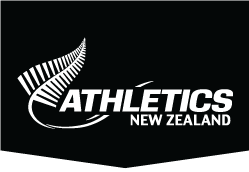Dame Valerie Adams
One of the all-time greats of New Zealand athletics, Dame Valerie Adams magnificently bestrode the shot circle like a colossus for more than two decades snaring ten global titles, four Olympic medals, three Commonwealth crowns and a staggering nine-year unbeaten streak spanning 107 competitions (from 2006-2015) during an incomparable career.
Born in Rotorua but raised in South Auckland, Dame Valerie grew up in a very poor household without the advantages enjoyed by many New Zealanders. Often living off one meal a day her height also made her a target for bullies, and she recalls school as being a tough experience.
“I never felt comfortable at school, it was just awful,” she says. “Whether it was the clothes I wore – because I have size 14 feet. I felt a lot of anxiety and nerves.”
However, while her height made her a target for bullies, she found comfort on the sports field thanks to her natural strength and athletic build. Dame Valerie played basketball, ...
